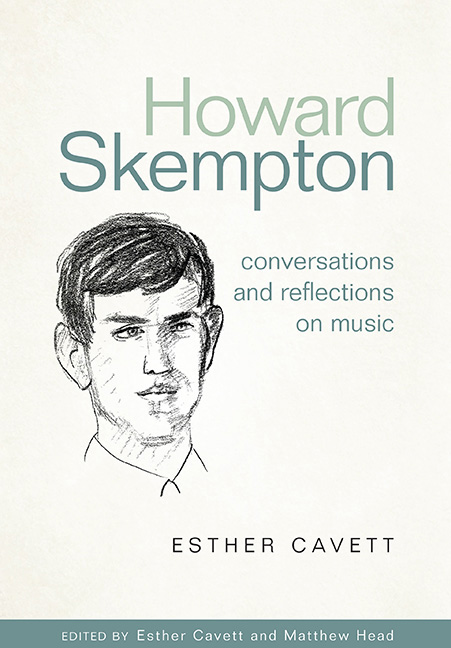Book contents
- Frontmatter
- Dedication
- Contents
- List of illustrations
- List of contributors
- Preface
- Roles and acknowledgements
- Introduction
- Editorial conventions
- Timeline
- Chapter One Histories
- Chapter Two Influences
- Chapter Three Pattern and shape
- Interval: Previously unpublished manuscripts
- Chapter Four Influencing
- Chapter Six Narrative and closure
- Appendix One Authorized worklist
- Appendix Two Discography of first commercially distributed recordings
- Select bibliography
- Index
Editorial conventions
Published online by Cambridge University Press: 10 September 2019
- Frontmatter
- Dedication
- Contents
- List of illustrations
- List of contributors
- Preface
- Roles and acknowledgements
- Introduction
- Editorial conventions
- Timeline
- Chapter One Histories
- Chapter Two Influences
- Chapter Three Pattern and shape
- Interval: Previously unpublished manuscripts
- Chapter Four Influencing
- Chapter Six Narrative and closure
- Appendix One Authorized worklist
- Appendix Two Discography of first commercially distributed recordings
- Select bibliography
- Index
Summary
The original recordings of the conversations between Skempton and Cavett were transcribed and edited by Cavett. The Conversations omit pauses and other markers of time, thought or consideration that may have occurred, as well as exchanges felt irrelevant to the task at hand. The Conversations, therefore, are not diplomatic representations of what passed between Skempton and Cavett, and text or references enclosed [thus] are provided by way of editorial intervention.
Each paragraph in the Conversations is attributed to its speaker by way of their initials: HS for Howard Skempton, EC for Esther Cavett. The paragraphs are also identified in the margin by way of a number, allowing for any of the contributors to point to a specific part of a Conversation within their Reflection: C2 §3 directs the reader to Conversation Two, paragraph 3, for example. First names of composers and other creative artists, other than those who are widely familiar, are generally given when they are initially mentioned in each Chapter and (if applicable) Reflection but not thereafter. Dates of compositions are typically provided on first reference in each Chapter and Reflection but not thereafter.
Full bibliographic details for in-text references can be found in the select bibliography. Works referred to in the text are italicized and capitalized according to normal guidelines, except capitalization of the titles of Skempton's works, which follow the composer's preferences, as displayed in the authorized worklist.
Where appropriate, notes in pitch-class set notation are referred to as “(125)” rather than “[125]” or “[1–2–5].”
- Type
- Chapter
- Information
- Publisher: Boydell & BrewerPrint publication year: 2019



